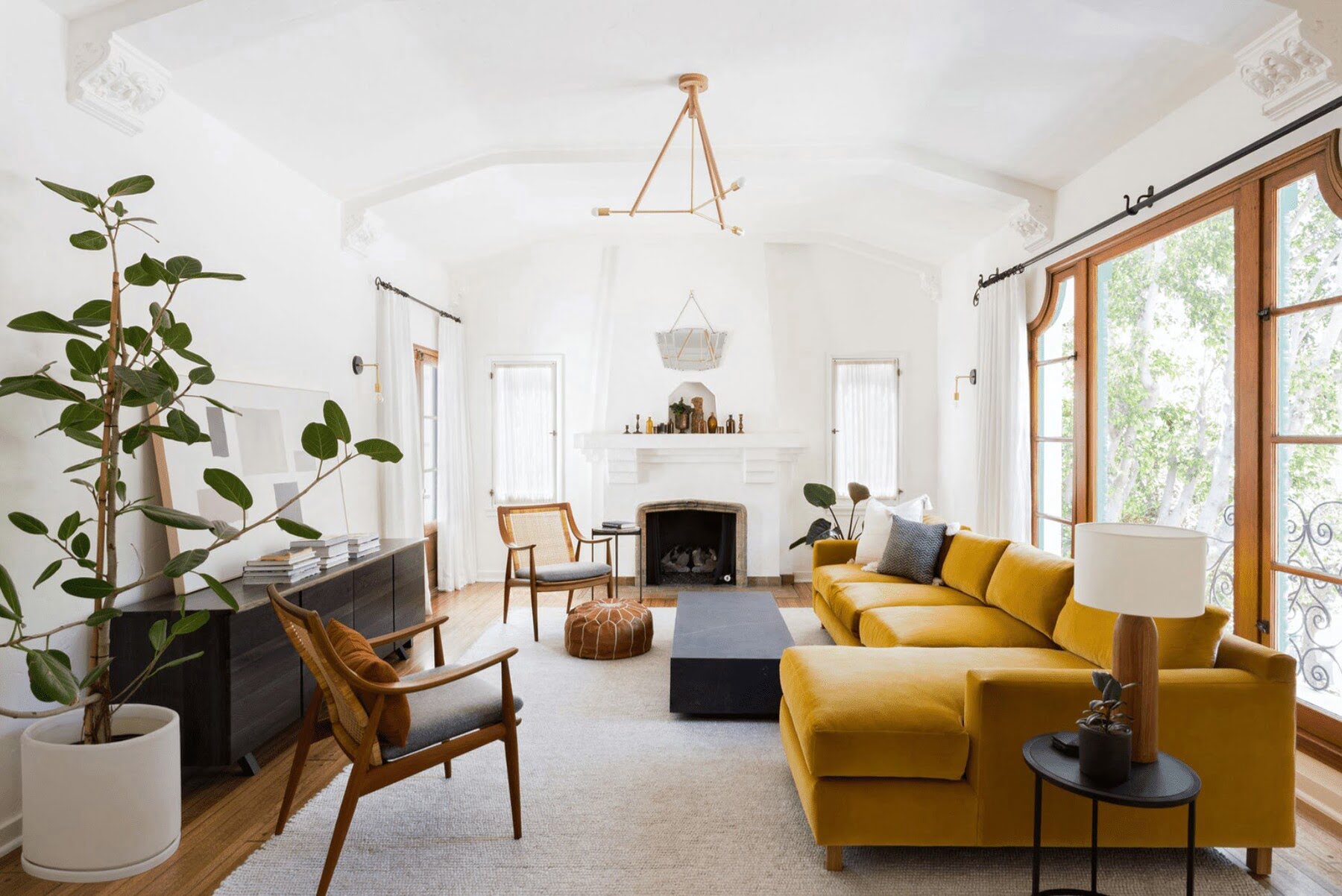

Articles
How To Arrange Long Living Room
Modified: January 19, 2024
Discover practical tips and ideas for arranging your long living room with our comprehensive articles. Make the most of your space and create a harmonious layout.
(Many of the links in this article redirect to a specific reviewed product. Your purchase of these products through affiliate links helps to generate commission for Storables.com, at no extra cost. Learn more)
Introduction
Arranging a long living room can be a challenging task, as its elongated shape often presents unique design dilemmas. However, with careful planning and creativity, you can transform your long living room into a functional and inviting space that maximizes its potential. Whether you use it for entertaining guests, family gatherings, or simply as a cozy retreat, a well-arranged long living room can enhance the overall ambiance of your home.
When it comes to arranging a long living room, there are several key factors to consider. From determining the focal point to selecting the right furniture and accessories, each step plays a crucial role in optimizing the functionality and aesthetics of the space. In this article, we will guide you through the process of arranging your long living room, ensuring that you create a harmonious and visually pleasing layout that suits your style and needs.
Before diving into the specific steps, it’s important to first assess the space. Take note of the room’s dimensions, including the length and width. Consider any architectural features such as windows, doors, and fireplaces, as these will impact the arrangement. By understanding the space you are working with, you can make more informed decisions when it comes to furniture placement and design choices.
As you move on to the next steps, consider the focal point of your living room. This could be a fireplace, a large window with a stunning view, or a media center. The focal point will serve as the anchor of your arrangement and help guide the placement of furniture and other decorative elements.
In a long living room, creating distinct zones can help define different areas for various purposes. For example, you may want to separate a seating area from a dining or workspace. By dividing the space into zones, you can effectively utilize the room and cater to different activities or functions.
Key Takeaways:
- Embrace the unique shape of a long living room by creating distinct zones for various activities, utilizing rugs to define areas, and experimenting with different furniture configurations to find the perfect arrangement that suits your style and needs.
- Incorporate proper lighting, storage solutions, and decorative elements to enhance the functionality and aesthetics of your long living room, creating a welcoming and visually appealing space that reflects your personal style and preferences.
Read more: How To Arrange Furniture In Living Room
Step 1: Assess the Space
When it comes to arranging a long living room, the first step is to assess the space. By understanding the dimensions, layout, and any architectural features, you can make more informed decisions throughout the process. Here are a few key considerations:
Measurements: Start by measuring the length and width of the room. This will give you a clear idea of the available space and help you determine the size of furniture and accessories that will fit comfortably. Take note of any alcoves, nooks, or odd angles that may impact the arrangement.
Architectural Features: Consider any architectural features in the room, such as windows, doors, fireplaces, or built-in shelving. These elements can influence the placement of furniture and the flow of the space. Make sure to account for these features when planning your arrangement.
Natural Lighting: Take note of the natural lighting in the room. Determine if there are areas that receive more sunlight or if there are any dark corners that may require additional lighting. This will help you identify areas where you can place seating or create reading nooks to take advantage of the natural light.
Traffic Flow: Consider the pathways and traffic flow in the room. Identify the main entrance and exits, as well as any other frequently used pathways. This will help you determine where to place furniture to ensure a smooth traffic flow without any obstructions.
Function and Lifestyle: Think about how you plan to use the space. Will it primarily serve as a gathering area for entertaining guests, a cozy retreat for relaxation, or a multipurpose room for various activities? Understanding the intended function of the room will guide your furniture choices and arrangement.
By carefully assessing the space, you can gain a clear understanding of its unique characteristics and limitations. This will serve as a foundation for the rest of the arrangement process, ensuring that you create a layout that not only maximizes the space but also suits your lifestyle and needs.
Step 2: Consider the Focal Point
In every living room, there is a natural focal point that draws the attention and serves as the anchor of the space. It could be a fireplace, a large window with a stunning view, or a media center. When arranging a long living room, it’s essential to identify and consider this focal point in your layout. Here’s how:
Evaluate Existing Features: Take a look at the architectural features already present in the room. Is there a fireplace that can serve as the focal point? Or perhaps a large window with a beautiful view that you want to highlight? Assessing these features will help you determine where to place furniture and direct the flow of the room.
Create a Focal Point: In case your long living room doesn’t have an obvious focal point, you can create one. Consider adding a statement piece, such as a large artwork, a gallery wall, or a striking piece of furniture, to draw attention and become the center of attraction. This focal point will act as a visual anchor and guide the arrangement of other elements.
Position Furniture Around the Focal Point: Once you have identified or created the focal point, arrange your furniture to complement and enhance it. For example, if you have a fireplace as the focal point, place sofas, chairs, or a coffee table in a way that allows for easy viewing and conversation. If your focal point is a media center, position seating and entertainment units around it to create a cozy and functional viewing area.
Balance the Room: The focal point should be the main attraction of the room, but remember to maintain balance in the overall layout. Make sure that the arrangement of furniture and other decorative elements is symmetrical or visually balanced, even when they are not directly facing the focal point. This will create a harmonious and well-designed living space.
Considering the focal point when arranging a long living room helps create a sense of purpose and visual flow. By utilizing existing features or creating a focal point of your choice, you can arrange the furniture and other elements in a way that enhances the overall aesthetics and functionality of the space.
Step 3: Create Zones
Creating distinct zones within your long living room can help define different areas for various purposes. This allows you to effectively utilize the space and cater to different activities or functions. Here’s how you can create zones in your long living room:
Function and Purpose: Start by determining the primary functions or activities you want to accommodate in your living room. Common zones may include a seating area for conversation and relaxation, a dining area for meals, a workspace for productivity, or an entertainment area for watching TV or playing games. Understanding the functions you want to serve will guide the creation of zones.
Furniture Placement: Arrange the furniture to section off different areas in the room. For example, position your sofas, chairs, and coffee table to create a dedicated seating area. Place a dining table and chairs in another section for a dining zone. Use a desk and chair to designate a workspace. By arranging furniture strategically, you establish clear boundaries between zones.
Rugs and Flooring: Utilize rugs or variations in flooring to visually define and differentiate each zone. Place a rug under the seating area to anchor the furniture and create a cozy ambiance. Use another rug under the dining table to delineate the dining zone. These rugs not only add visual interest but also help establish boundaries between different areas.
Lighting and Decor: Incorporate lighting fixtures and decor elements that correspond to each zone. Install a pendant light or chandelier above the dining area to create a focused and well-lit space. Use table lamps or floor lamps to provide task lighting near the workspace. Decorate each zone with appropriate artwork, accessories, and plants to enhance their individual character.
Flow and Accessibility: Ensure that there is a smooth flow and easy accessibility between the different zones. Consider the pathways and traffic flow, making sure there is enough space to move comfortably between areas. Avoid cluttering or overcrowding any specific zone, as it can disrupt the overall organization and functionality of the room.
By creating zones within your long living room, you can effectively utilize the space and cater to various activities or functions. This allows for a more organized and purposeful living environment, ensuring that each zone serves its intended purpose and contributes to the overall harmony of the room.
Step 4: Choose the Right Furniture
Choosing the right furniture is crucial when arranging a long living room, as it directly affects the functionality, comfort, and overall visual appeal of the space. Here are some tips to help you select the perfect furniture for your long living room:
Consider the Scale: Take into account the size and scale of your living room when choosing furniture. For a long living room, it’s important to strike a balance between filling the space and maintaining an open and airy feel. Opt for furniture that fits the proportions of the room without overwhelming it or appearing too small.
Sectional Sofas: Sectional sofas are an excellent choice for long living rooms as they can provide ample seating and maximize the available space. Look for a sectional that complements the shape and style of your room. Consider a modular or L-shaped sectional that can be rearranged to fit different configurations, allowing for flexibility in the arrangement.
Multi-functional Furniture: In a long living room, consider furniture pieces that serve dual purposes. For example, choose a coffee table with built-in storage or ottomans that can act as both seating and storage. This helps reduce clutter and makes the most of limited space.
Flexible Seating: Incorporate versatile seating options such as accent chairs or poufs that can be easily moved around the room. This allows for rearranging furniture to suit different activities or socializing needs. Look for lightweight options that can be easily rearranged whenever desired.
Console Tables and Shelves: Utilize console tables or shelves along the walls to add storage and display space without taking up much floor area. These can serve as a stylish way to showcase decor items or store books, creating a functional and visually appealing element within your long living room.
Avoid Blocking Views: Be mindful of not obstructing any stunning views or creating visual barriers within the long living room. Place furniture strategically, ensuring that it does not interfere with windows or other focal points in the room.
Personal Style: Lastly, choose furniture pieces that reflect your personal style and taste. Whether you prefer modern, traditional, or eclectic designs, select furniture that resonates with your aesthetic preferences and creates a cohesive look throughout the room.
By carefully selecting the right furniture, you can enhance the functionality and aesthetics of your long living room. Consider the scale, opt for versatile and multi-functional pieces, and ensure that the furniture complements your personal style. With the right furniture choices, you can create a comfortable, visually appealing, and well-arranged living space.
Read more: How To Arrange Living Room With TV
Step 5: Arrange Furniture for Conversational Groupings
Arranging furniture in conversational groupings is essential for creating a cozy and inviting atmosphere in your long living room. These groupings encourage interaction and make it easier for people to engage in conversation. Follow these tips to arrange your furniture for conversational groupings:
Face-to-Face seating: Position seating pieces, such as sofas and chairs, facing each other to promote face-to-face conversation. This arrangement creates an intimate and comfortable setting for socializing with family and friends. Avoid placing seating against walls, as it can create a disconnected and less inviting atmosphere.
Use a Rug as an Anchor: Place a large rug in the seating area to visually anchor the furniture and create a designated space for conversation. The rug not only adds warmth and comfort but also helps define the groupings within the room.
Create Multiple Seating Areas: If your long living room allows for it, consider creating multiple seating areas. This allows for more intimate conversations or provides individuals with different options for relaxation and socializing. Use rugs, tables, or even floor cushions to define each seating area.
Balance Furniture Placement: Ensure a balanced distribution of furniture throughout the room. Avoid overcrowding one area while leaving another area empty. Maintaining a balanced arrangement creates a harmonious flow and makes the room feel visually appealing.
Add Accent Chairs or Side Tables: Incorporate accent chairs or side tables within each seating grouping. These additions provide extra seating options and create convenient surfaces for placing drinks, snacks, or books. They also help fill out the space and add interest to the overall arrangement.
Consider Traffic Flow: Keep in mind the traffic flow within the room when arranging furniture. Leave sufficient space between groupings to allow for easy movement and access to other areas of the room. Avoid creating obstacles or cramped pathways that could hinder the flow and functionality of the space.
Experiment with Different Configurations: Don’t be afraid to experiment with different furniture configurations to find the arrangement that works best for your long living room. Rearranging furniture can change the dynamic of the space and provide a fresh new look. Don’t be afraid to try out different arrangements until you find the perfect grouping that suits your needs.
By arranging furniture for conversational groupings, you create an inviting and comfortable atmosphere for socializing and connecting with others. Face-to-face seating, using a rug as an anchor, creating multiple seating areas, and maintaining a balanced placement of furniture are all key elements to consider. With these techniques, you can transform your long living room into a welcoming space that encourages interaction and relaxation.
Use area rugs to define different zones within the long room, such as a seating area and a dining area. This will help visually separate the space and make it feel more cohesive.
Step 6: Utilize Storage Solutions
One of the key challenges in a long living room is finding adequate storage solutions that are both functional and stylish. Utilizing storage solutions not only helps to keep your space organized and clutter-free but also provides an opportunity to enhance the overall aesthetics of your room. Here are some ideas on how to effectively utilize storage in your long living room:
Wall-Mounted Shelves: Install wall-mounted shelves to maximize vertical space while adding a decorative element to your room. These shelves can be used to display books, photographs, or decorative pieces, as well as providing storage for smaller items that can be easily accessed.
Bookcases or Cabinets: Incorporate bookcases or cabinets along the walls of your long living room. These freestanding pieces of furniture provide ample storage space for books, media equipment, board games, and other household items. Opt for pieces that complement the style of your room and offer a mix of open and closed storage to maintain a visually appealing look.
Multifunctional Furniture: Look for furniture pieces that serve dual purposes, such as ottomans or coffee tables with hidden storage compartments. These versatile pieces allow you to maximize space by providing extra storage for blankets, pillows, magazines, or other items, without sacrificing style or functionality.
Built-in Cabinets: If you have the budget and resources, consider installing built-in cabinets or wall units to create a seamless storage solution for your long living room. These customized cabinets can be designed to fit your specific needs, providing dedicated storage for media equipment, gaming consoles, and other items, while blending seamlessly with the overall design of the room.
Console Tables: Use console tables along the walls to add storage and display space. These narrow tables can be utilized to hold decorative baskets, boxes, or trays for storing smaller items. You can also place table lamps or artwork on top to enhance the visual appeal of the storage area.
Storage Ottomans: Incorporate storage ottomans into your living room seating arrangements. These ottomans provide a hidden storage compartment that can be used to store blankets, pillows, or other items, while doubling as extra seating when needed.
Open Shelving: Consider adding open shelves to create a display area for decorative objects or items that you want to showcase. This not only provides a visually appealing storage solution but also adds personality and character to your long living room.
By utilizing storage solutions in your long living room, you can keep your space organized and clutter-free while adding a stylish and functional element to the overall design. Whether you opt for wall-mounted shelves, freestanding bookcases, multifunctional furniture, or built-in cabinets, incorporating storage will help optimize the use of space while keeping all your belongings neatly stored and easily accessible.
Step 7: Add Decorative Elements
Adding decorative elements to your long living room is a crucial step in creating a visually appealing and inviting space. These elements help to inject personality, style, and warmth into the room, making it feel more like a home. Here are some ideas on how to incorporate decorative elements in your long living room:
Artwork: Hang artwork on the walls to create a focal point and add visual interest to the room. Choose pieces that reflect your personal taste and complement the overall color scheme and style of your living room. Consider using a combination of large statement artwork and smaller pieces to create a visually balanced arrangement.
Gallery Wall: Create a gallery wall by grouping together a collection of framed photographs, artwork, or other decorative items. This can be a great way to showcase your personal memories, interests, and style. Experiment with different layouts and arrangements until you achieve the desired visual impact.
Mirrors: Place mirrors strategically in your long living room to enhance the sense of space and reflect natural light. Mirrors can also serve as decorative pieces, adding depth and dimension to the room. Consider incorporating large, statement mirrors above a console table or fireplace, or smaller decorative mirrors throughout the room to create a cohesive look.
Indoor Plants: Introduce indoor plants to add a touch of nature and freshness to your long living room. Plants not only bring life into the space but also contribute to a healthier indoor environment. Choose plants that can thrive in the lighting conditions of your living room and select stylish planters that complement your decor.
Throw Pillows and Blankets: Layering throw pillows and blankets on sofas, chairs, or benches is a simple and cost-effective way to add comfort and style to your living room. Choose pillows and blankets in different textures, patterns, and colors that complement the overall color scheme and decor of the room.
Decorative Accessories: Incorporate decorative accessories such as vases, sculptures, candle holders, or decorative trays on coffee tables, shelves, or mantels. These smaller decorative items can add personality and character to your living room, showcasing your personal style and interests.
Window Treatments: Dress up your windows with curtains or blinds that not only provide privacy and light control but also enhance the overall aesthetics of the room. Choose window treatments that complement the color palette and style of your living room, whether it’s modern, traditional, or eclectic.
By adding decorative elements, you can transform your long living room into a space that reflects your personal style and preferences. Experiment with different artwork, gallery walls, mirrors, plants, throw pillows, and decorative accessories to create a visually appealing and inviting atmosphere that truly feels like home.
Step 8: Incorporate Proper Lighting
Proper lighting is essential in enhancing the ambiance, functionality, and overall appeal of your long living room. By incorporating the right lighting fixtures and techniques, you can create a well-lit and inviting space. Here are some tips on how to incorporate proper lighting in your long living room:
Natural Light: Take advantage of any natural light available in your long living room. Keep windows uncovered or opt for sheer curtains to allow as much natural light as possible to fill the room. Natural light not only brightens the space but also creates a warm and welcoming atmosphere.
Ambient Lighting: Install ambient lighting fixtures to provide general illumination throughout the room. This can be achieved through overhead fixtures such as chandeliers, pendant lights, or ceiling-mounted fixtures. Aim for a soft and evenly distributed glow that sets the overall mood and eliminates any dark corners.
Task Lighting: Incorporate task lighting in specific areas where focused or additional lighting is needed. For example, place table lamps or floor lamps near seating areas for reading or other activities. Install wall-mounted sconces above a workspace or a side table for task-oriented activities.
Accent Lighting: Use accent lighting to highlight specific features or objects in the room. This can include track lighting directed towards artwork, LED strip lighting along shelves or under cabinets, or even wall-mounted uplights to create a dramatic effect. Accent lighting adds depth and visual interest to your living room.
Dimmers: Install dimmer switches for your lighting fixtures to create versatility in the ambiance of your long living room. Dimming the lights can help set a relaxed and intimate atmosphere for cozy evenings or provide a brighter setting for entertaining guests. Dimmers allow you to adjust the lighting levels according to your specific needs and preferences.
Layered Lighting: Combine different types of lighting to create a layered effect in your long living room. This involves incorporating a mix of ambient, task, and accent lighting to achieve balance and depth. Layered lighting adds dimension to the room and allows you to customize the lighting experience based on different activities and occasions.
Lighting Controls: Consider using smart lighting controls to have more flexibility and convenience in adjusting the lighting in your living room. Smart switches or voice-activated systems allow you to control the lighting levels, colors, and even scheduling with ease, enhancing the overall functionality and ambiance of the space.
By incorporating proper lighting techniques in your long living room, you can enhance the overall aesthetics, create a welcoming atmosphere, and improve the functionality of the space. Play with different types of lighting, layer them, and consider adding smart lighting controls to achieve the perfect lighting setup that suits your needs and preferences.
Read more: How To Arrange A Square Living Room
Step 9: Use Rugs to Define Areas
Rugs are not only functional in providing warmth and comfort but also serve as an effective tool in defining different areas within your long living room. By strategically placing rugs, you can visually separate distinct zones and create a cohesive and well-defined space. Here are some tips on how to use rugs to define areas in your long living room:
Select the Right Size: Choose rugs that are appropriately sized for each designated area within your living room. A rug that is too small may make the space feel disjointed, while a rug that is too large can overwhelm the room. Measure the size of each zone and select rugs that fit nicely within those areas, allowing for enough space around the furniture.
Create a Seating Area: Use a rug to anchor a seating area within your long living room. Place a rug underneath the coffee table and furniture grouping to visually define the space. The rug should be large enough to accommodate all the furniture legs, providing a cohesive and unified look.
Dining Area Rug: If you have a dining area within your long living room, place a rug underneath the dining table and chairs. Make sure the rug is large enough to allow for chairs to be pulled out comfortably without going beyond the edges of the rug. This helps to clearly delineate the dining zone from the rest of the room.
Workspace Rug: If you have a dedicated workspace in your long living room, consider placing a rug under the desk and chair. This not only adds warmth and comfort to the area but also visually separates it from the rest of the room, creating a defined workspace.
Use Runners: In areas with long stretches of open floor space, consider using runners to define pathways or add visual interest. For example, place a runner in front of a row of shelves or cabinets to guide the flow of traffic and visually break up the space.
Coordinate Colors and Patterns: Pay attention to the colors and patterns of the rugs you choose and ensure they complement the overall color scheme and style of your long living room. Coordinate the rugs with other elements in the room, such as furniture upholstery, curtains, or artwork, to create a cohesive and harmonious look.
Layer Rugs: For added visual appeal, you can layer rugs within your long living room. Layering different-sized rugs can create depth and texture, adding visual interest to the space. Make sure the rugs coordinate in terms of color and style to maintain a cohesive look.
By strategically using rugs to define different areas within your long living room, you can visually separate zones and create a sense of purpose and organization. Consider the size, placement, and coordination of rugs to achieve a cohesive and well-designed space that enhances both the functionality and aesthetics of your living room.
Step 10: Experiment and Adjust
The final step in arranging your long living room is to embrace experimentation and be open to making adjustments as needed. Every space is unique, and what may work for one room may not necessarily work for another. By experimenting with different layouts, furniture placement, and decorative elements, you can find the perfect arrangement that suits your style, needs, and the specifics of your long living room. Here’s how to approach this final step:
Try Different Furniture Configurations: Don’t be afraid to move your furniture around and try different configurations. Rearranging the placement of sofas, chairs, and tables can dramatically transform the look and feel of the room. Experiment with various arrangements to find the one that maximizes space, promotes flow, and creates a cohesive and inviting atmosphere.
Assess Traffic Flow: Pay attention to how people move around the room and make adjustments to ensure a smooth traffic flow. Take note of any obstructions or pathways that may hinder movement and adjust the furniture placement accordingly. It’s important to create a comfortable and functional space that allows for easy navigation throughout the room.
Test Different Focal Points: If your living room lacks an obvious focal point, try experimenting with different options. Move around artwork, rearrange furniture, or introduce a new statement piece to create an eye-catching focal point. See how each option affects the overall arrangement and ambiance of the room, and choose what works best for you.
Seek Feedback: Don’t hesitate to seek feedback from family members, friends, or even a professional designer. They may offer fresh perspectives and insights that you may not have considered. Their input can help you make informed decisions and refine your arrangement to achieve the best possible outcome.
Make Adjustments Gradually: It’s important to remember that finding the perfect arrangement takes time. Don’t rush the process or make drastic changes all at once. Instead, make adjustments gradually, allowing yourself to assess the impact of each change before moving on to the next. This iterative approach will help you fine-tune the arrangement and ensure that you are truly satisfied with the results.
Showcase Your Personal Style: Throughout the experimentation and adjustment process, remember to infuse your personal style and preferences into the space. Add decorative elements, artwork, and accessories that reflect your taste, hobbies, and interests. Your long living room should be a reflection of your unique personality and a place where you feel comfortable and at home.
By being open to experimentation, making gradual adjustments, and soliciting feedback, you’ll be able to create the perfect arrangement for your long living room. Embrace the process as an opportunity to express your personal style and create a functional yet visually appealing space that truly suits your needs and enhances your everyday living experience.
Frequently Asked Questions about How To Arrange Long Living Room
Was this page helpful?
At Storables.com, we guarantee accurate and reliable information. Our content, validated by Expert Board Contributors, is crafted following stringent Editorial Policies. We're committed to providing you with well-researched, expert-backed insights for all your informational needs.
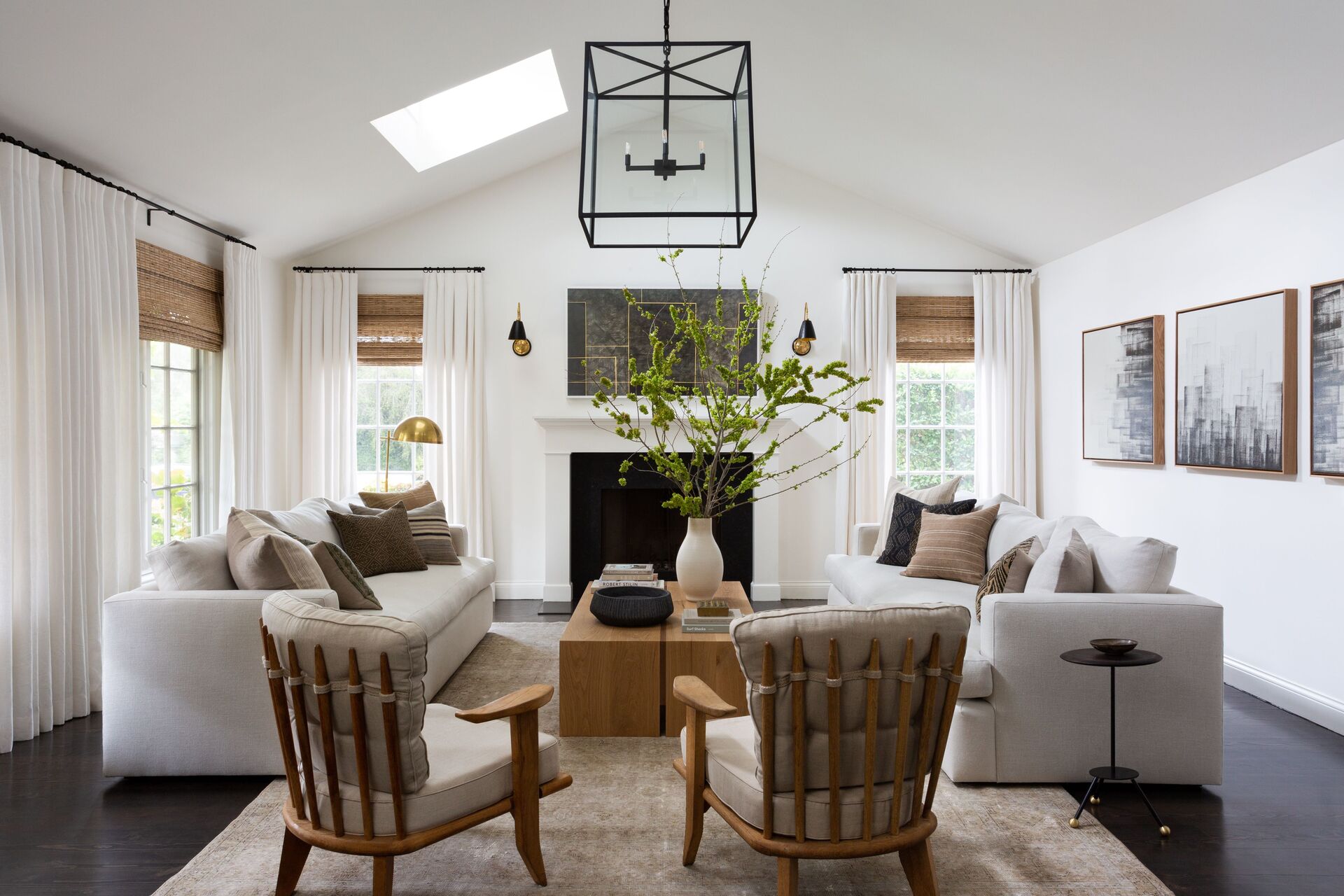
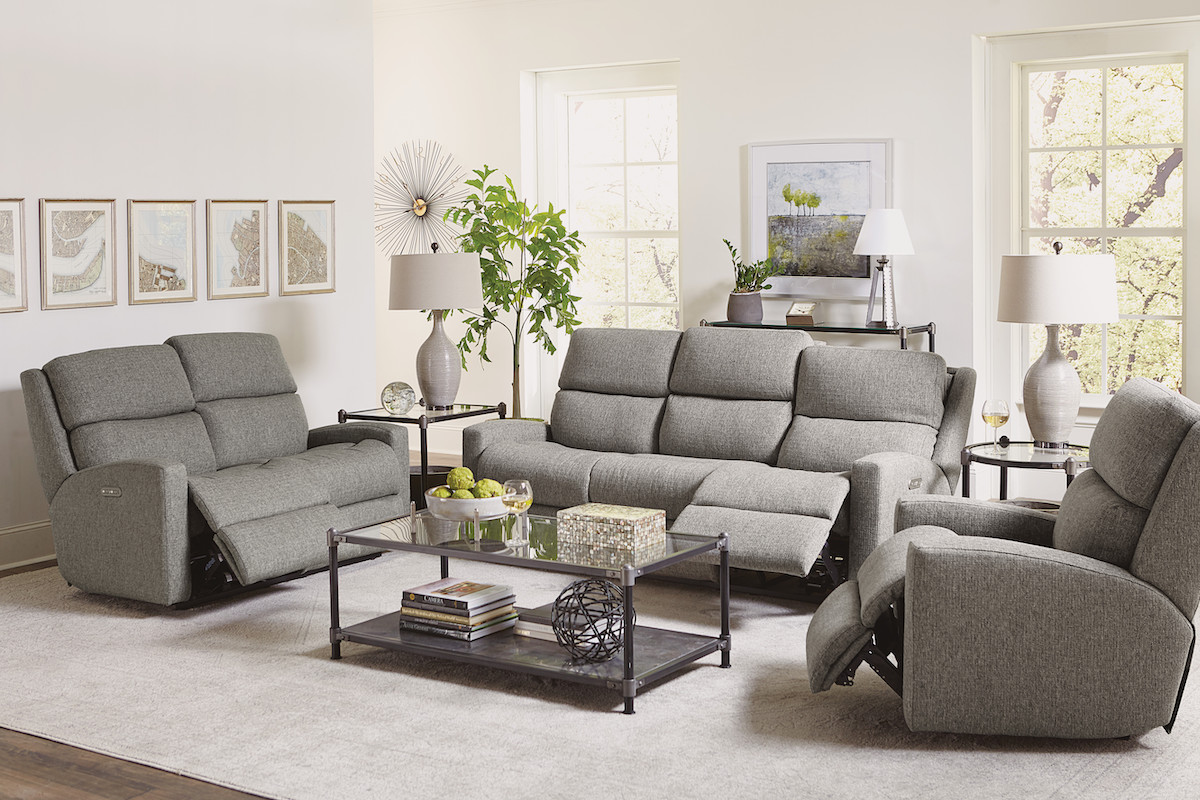
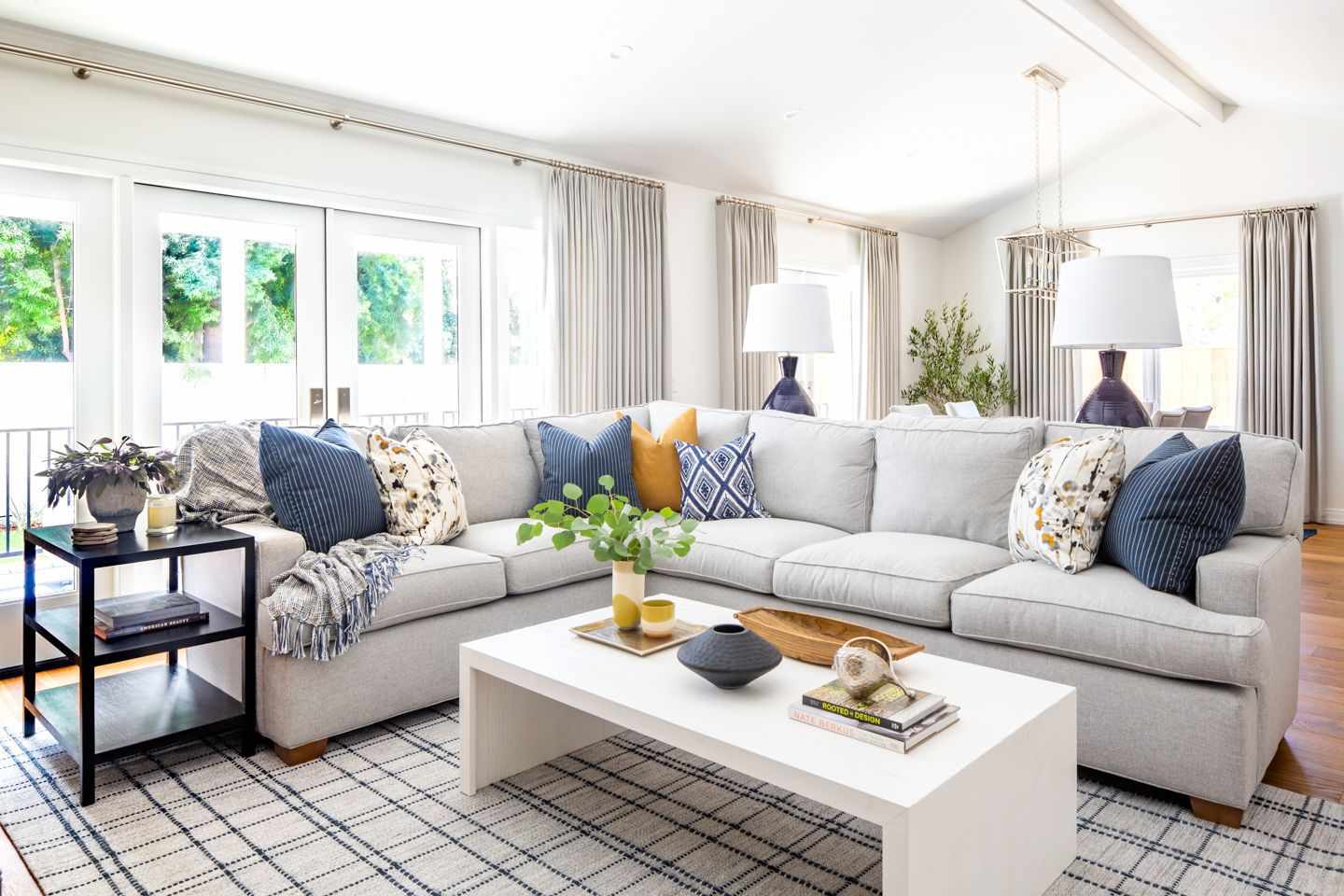
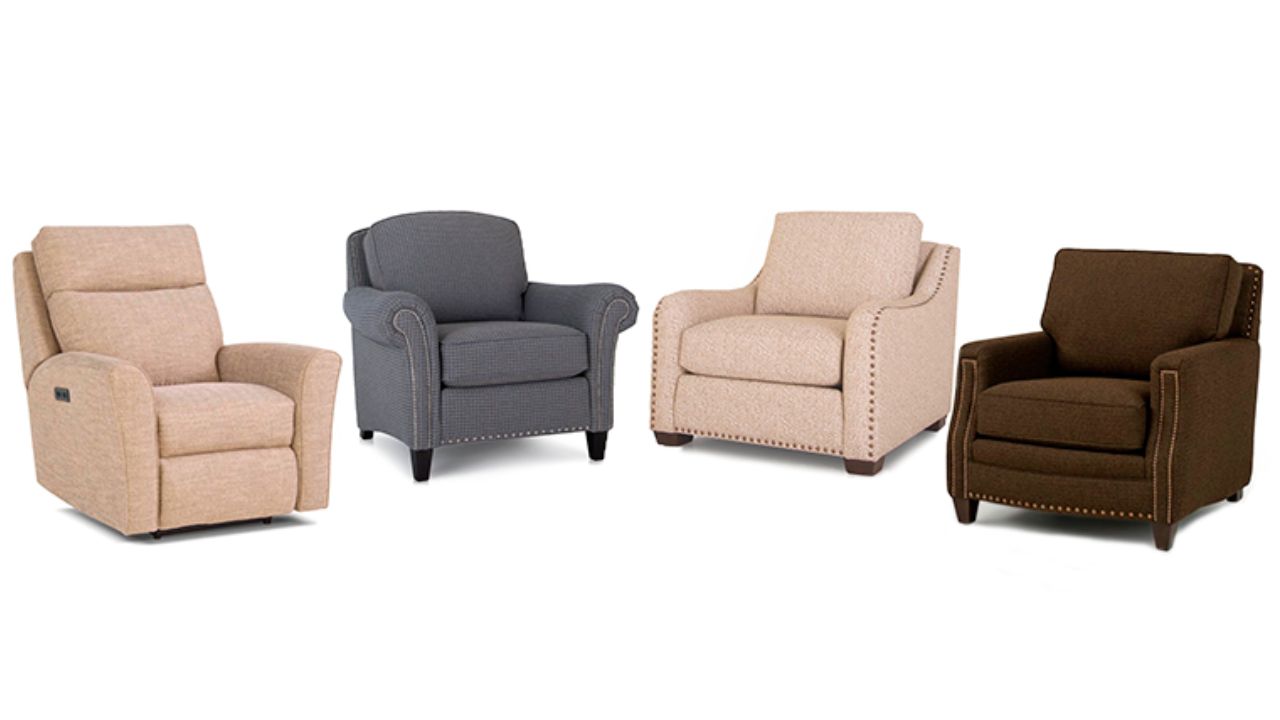
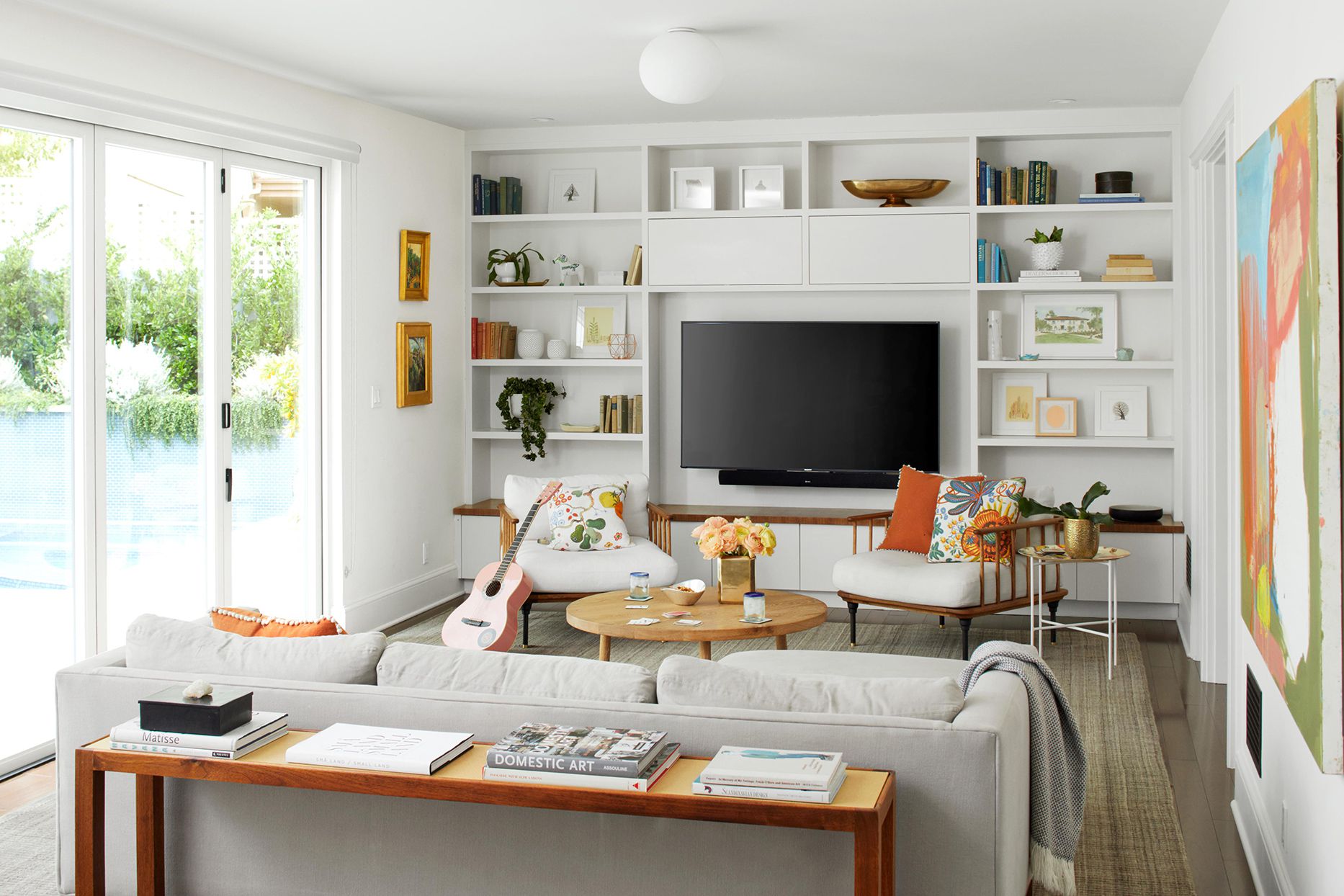
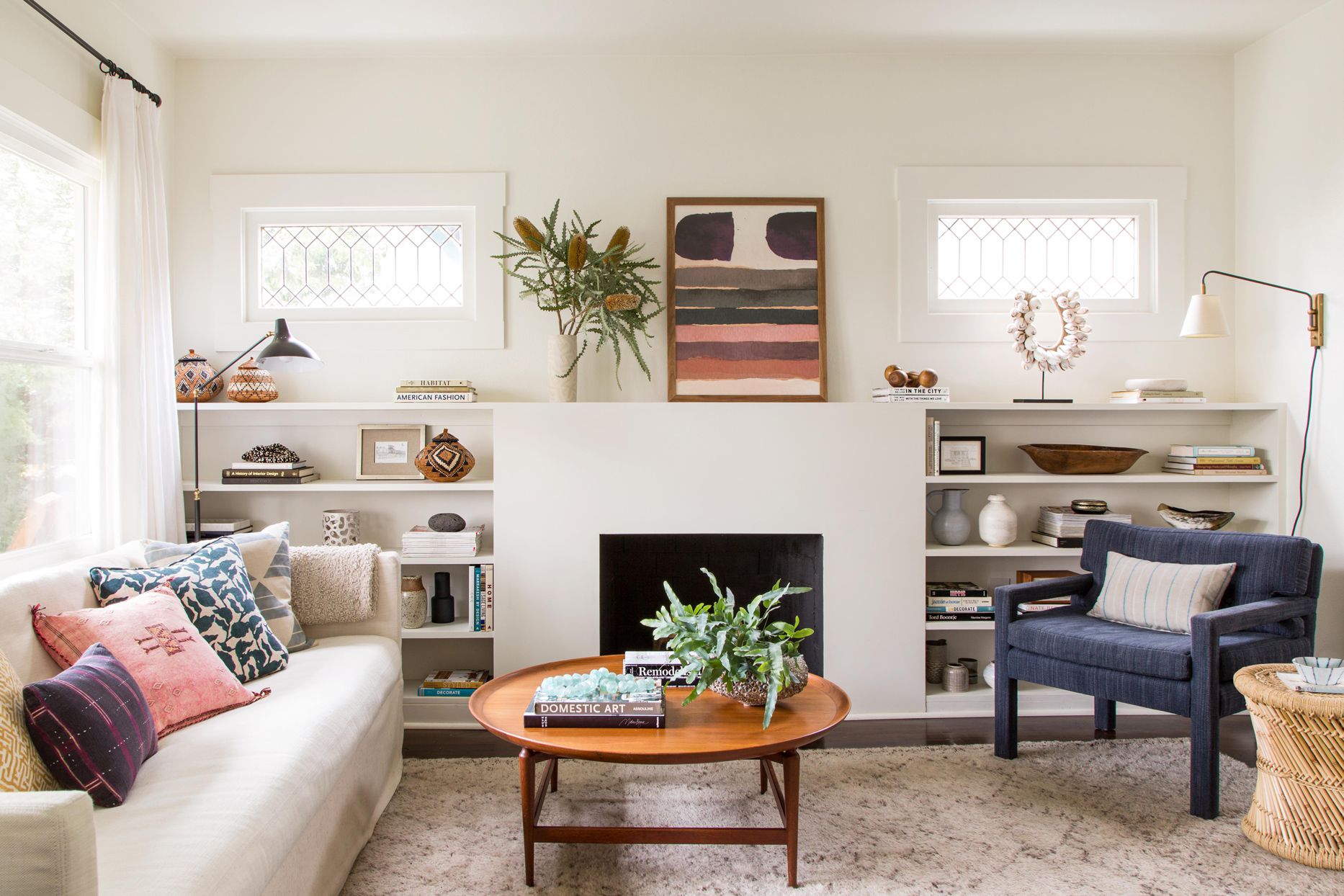
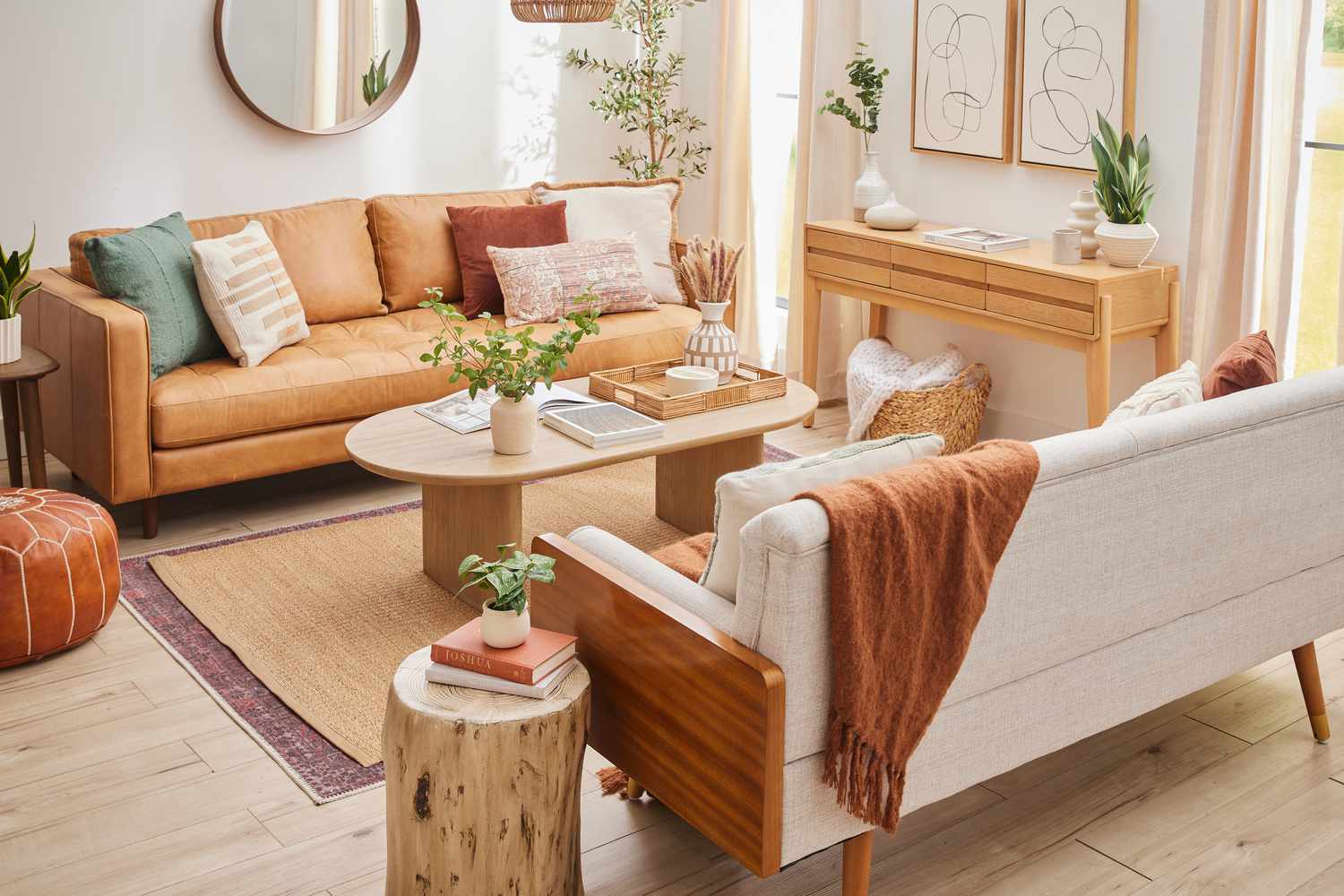
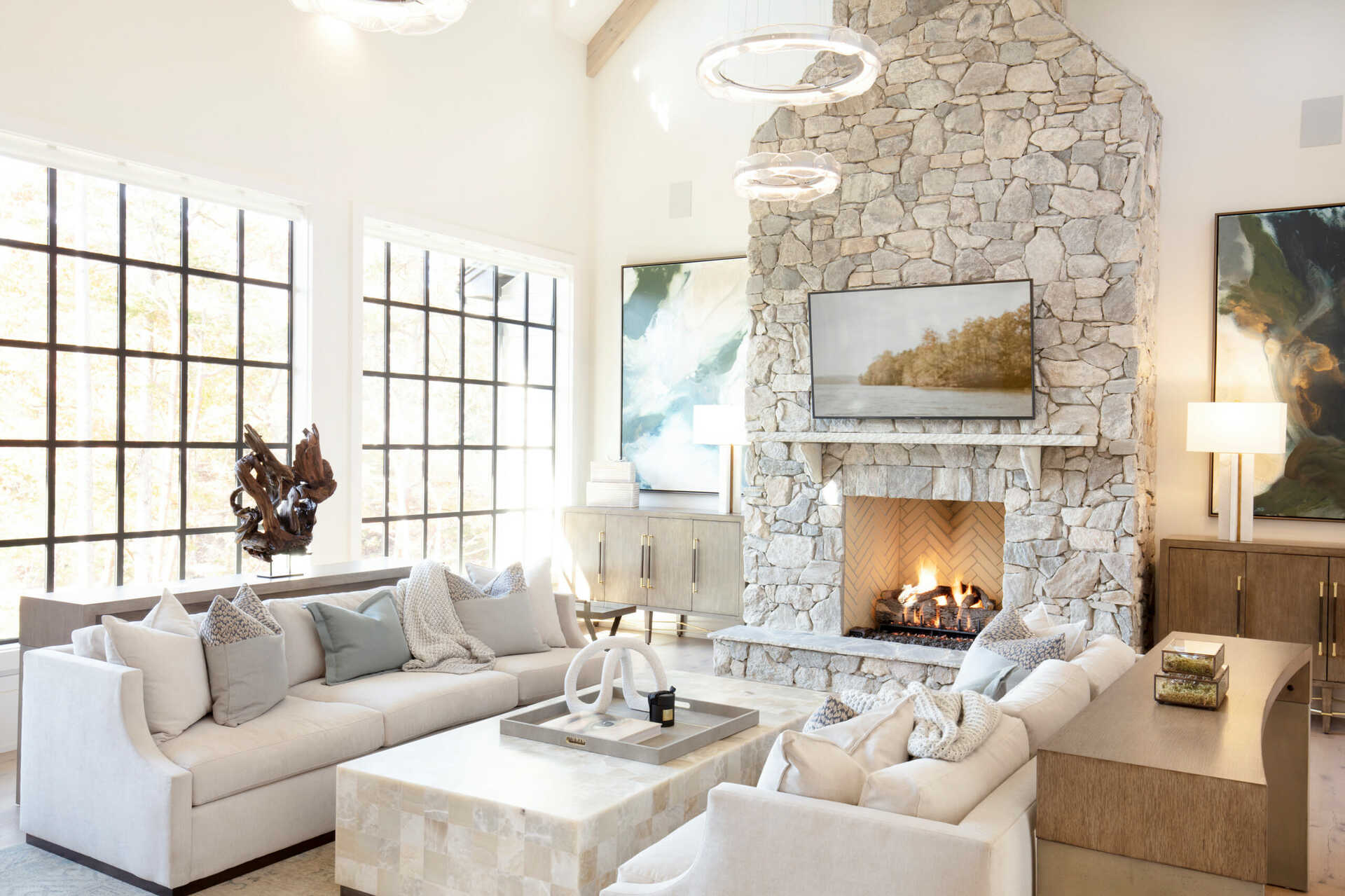
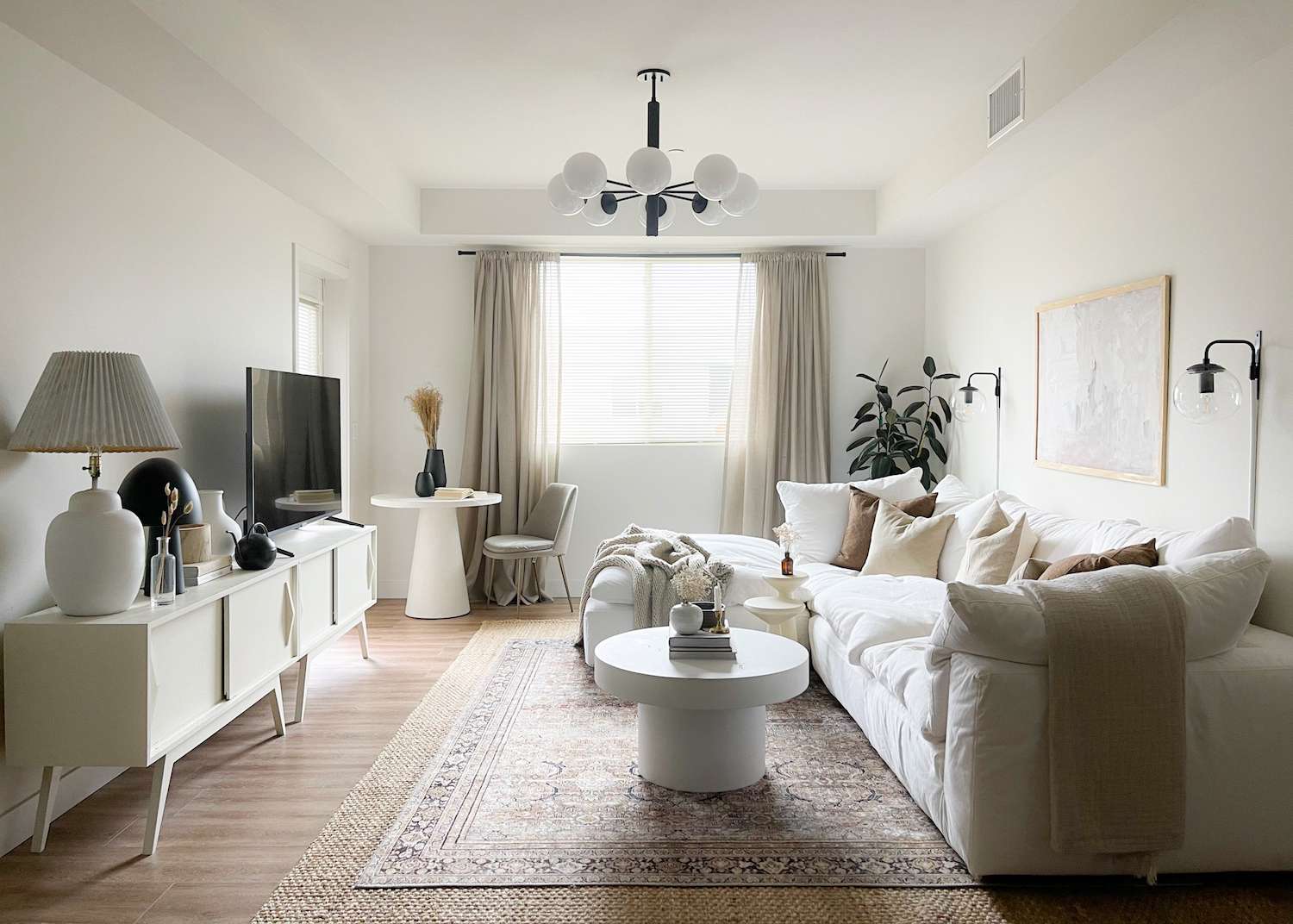
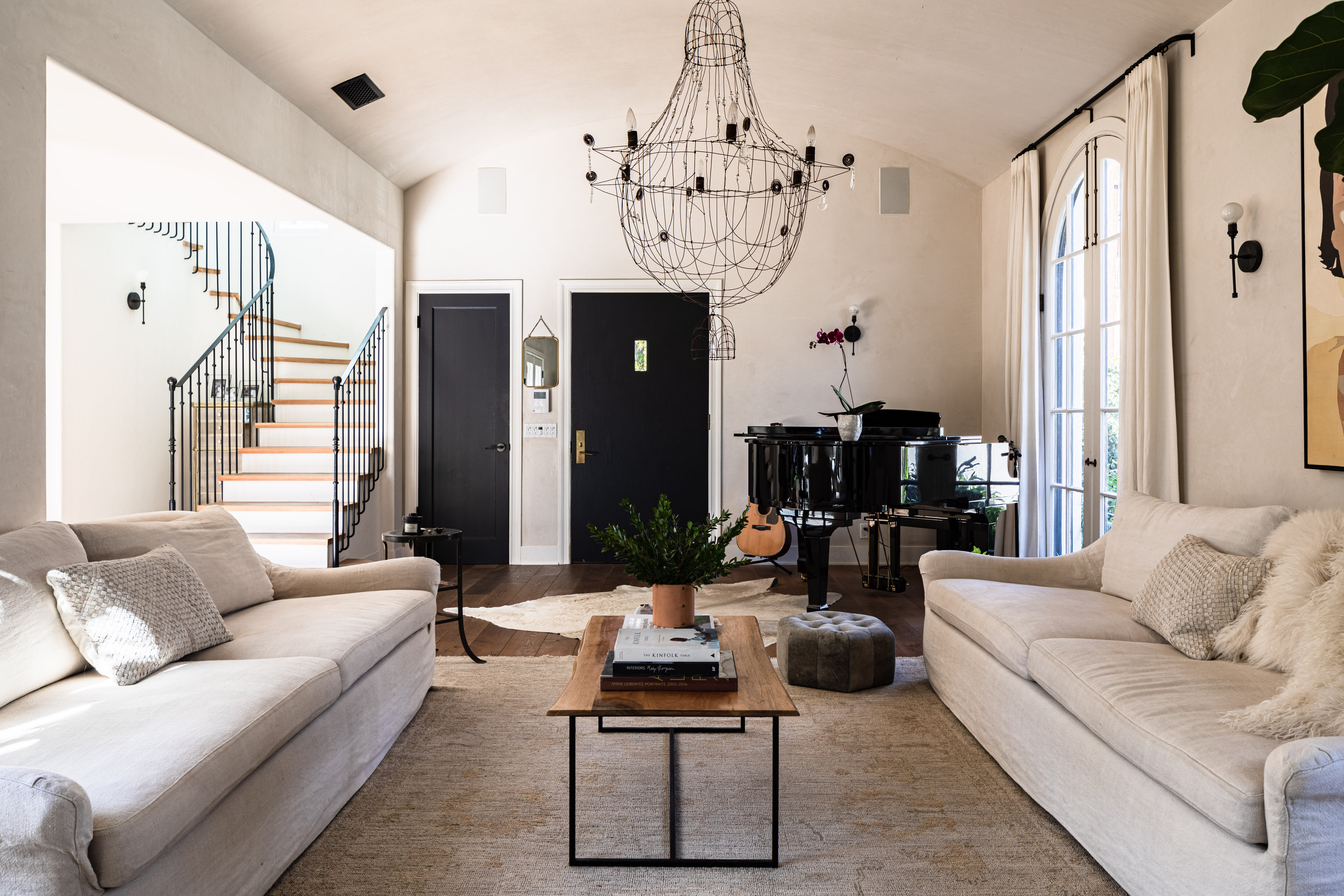
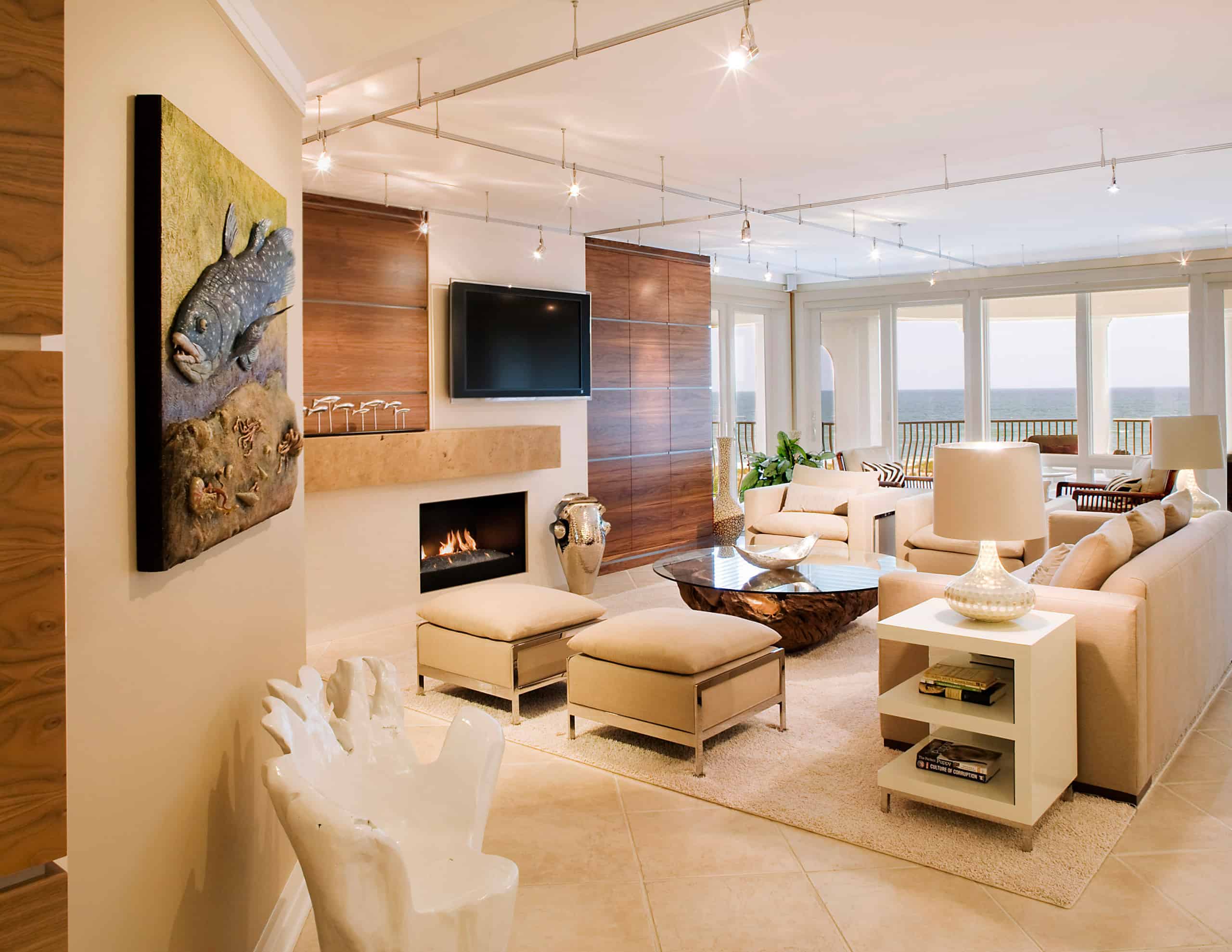
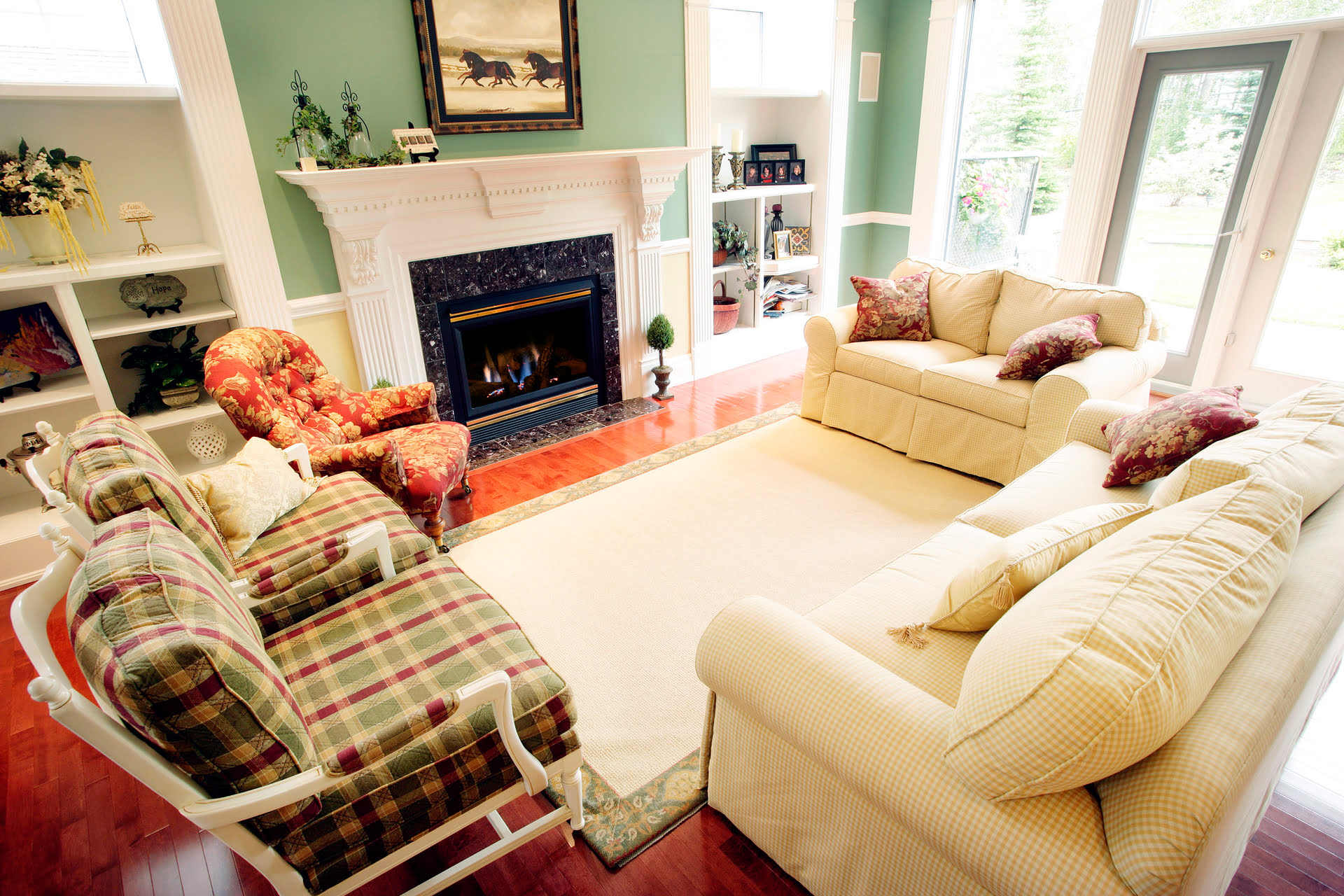
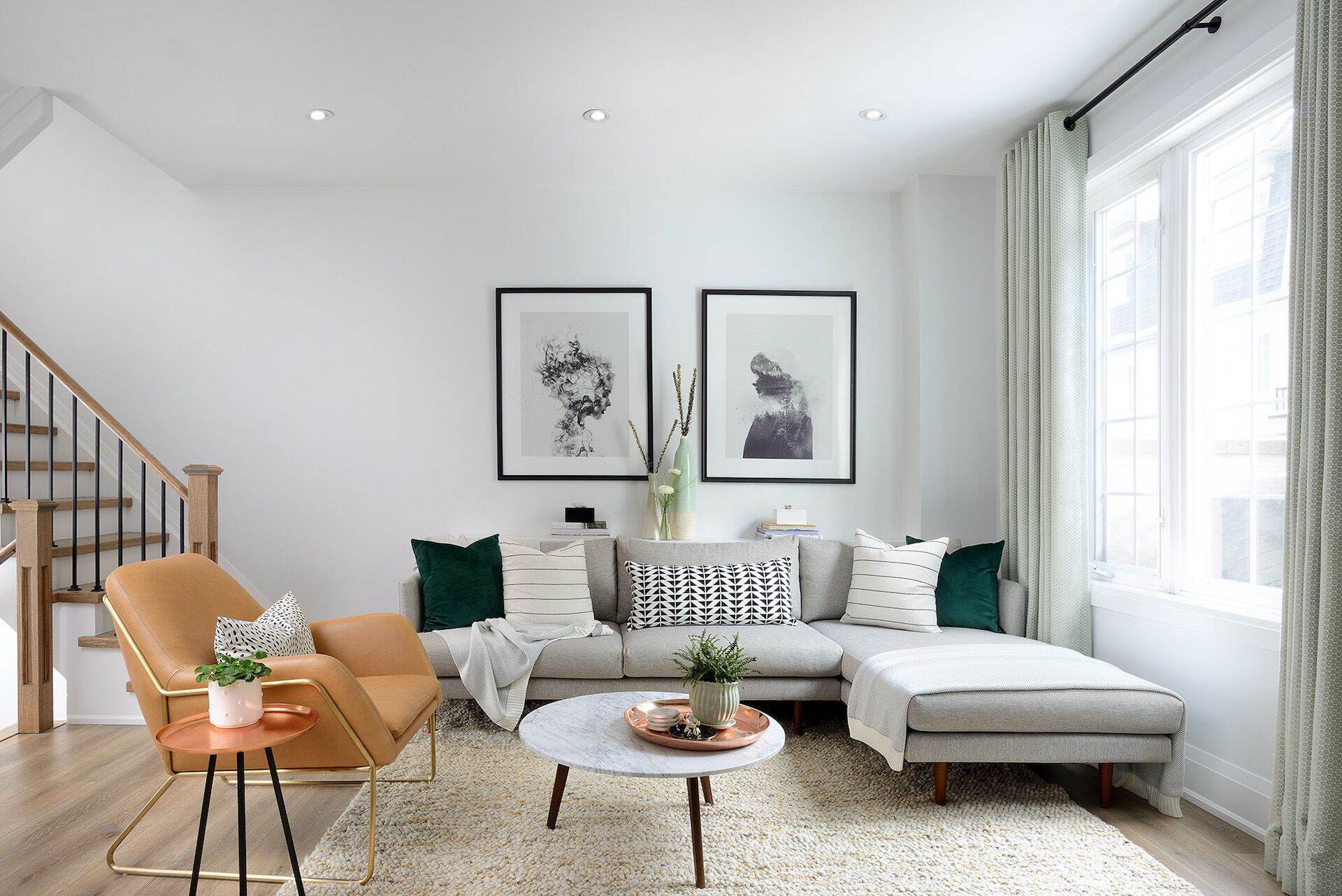

0 thoughts on “How To Arrange Long Living Room”